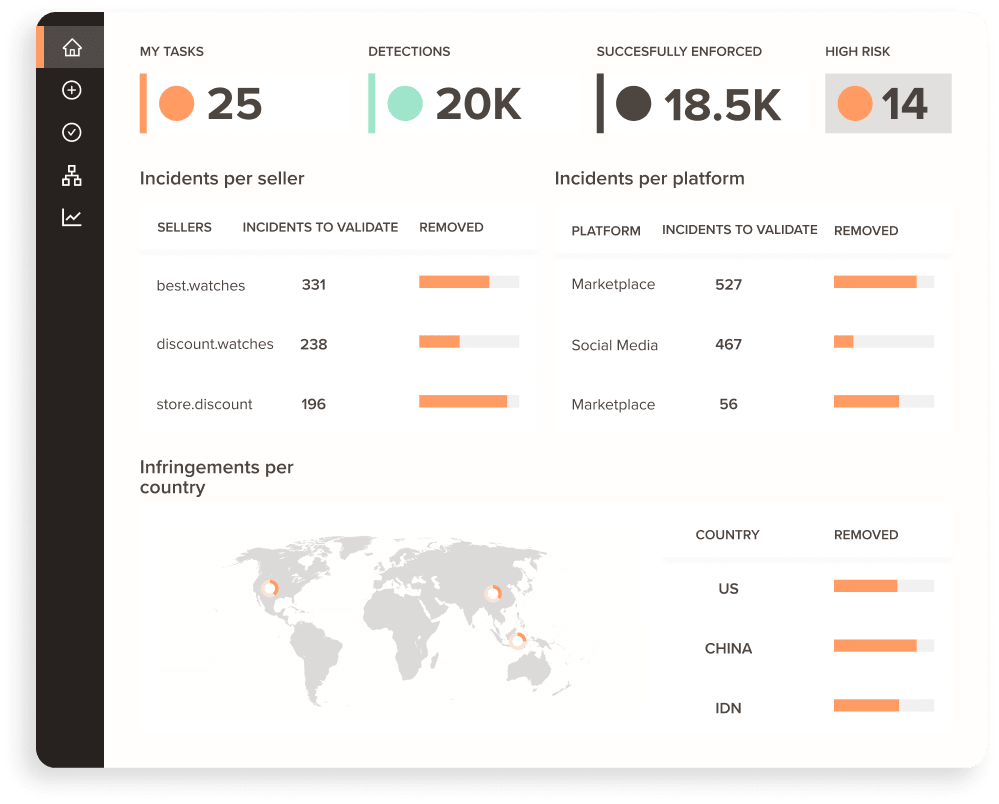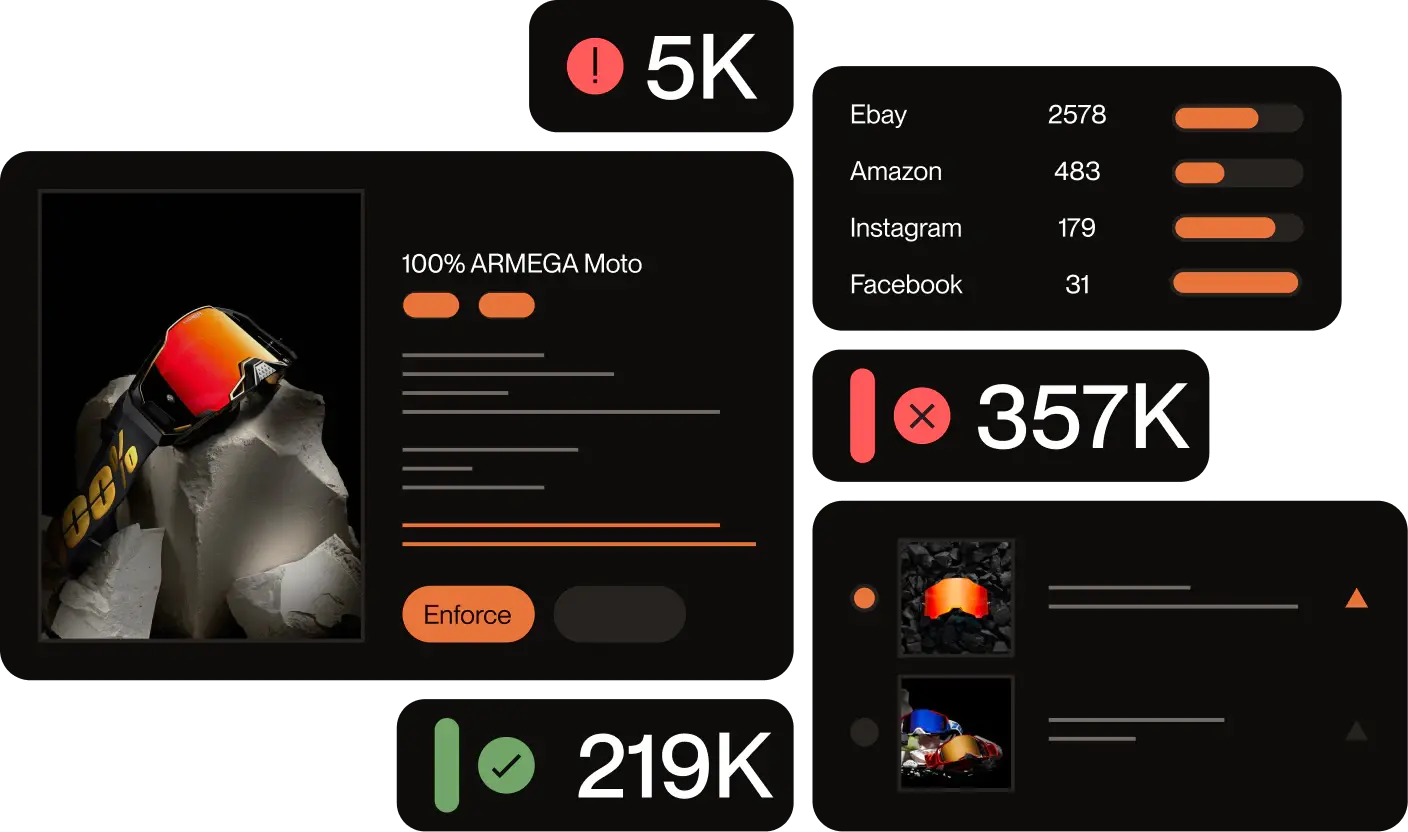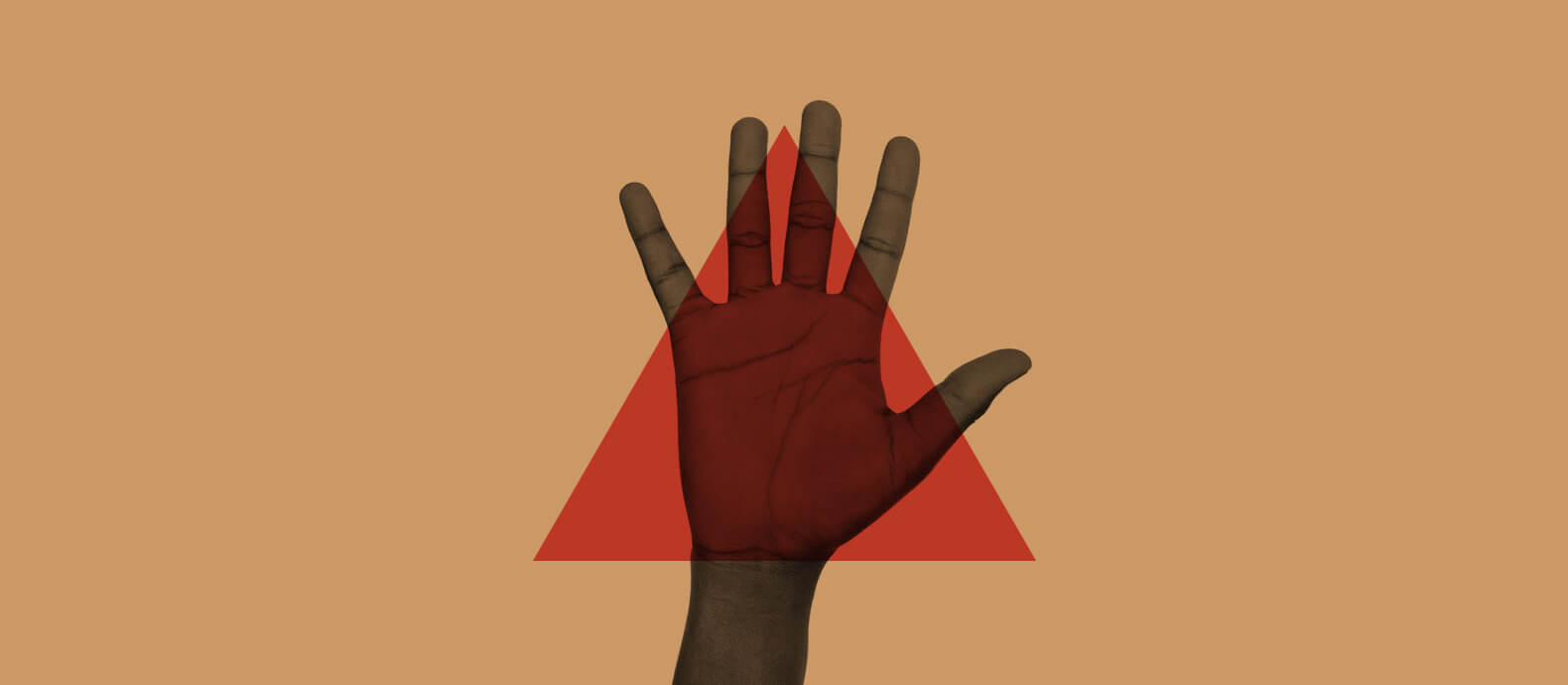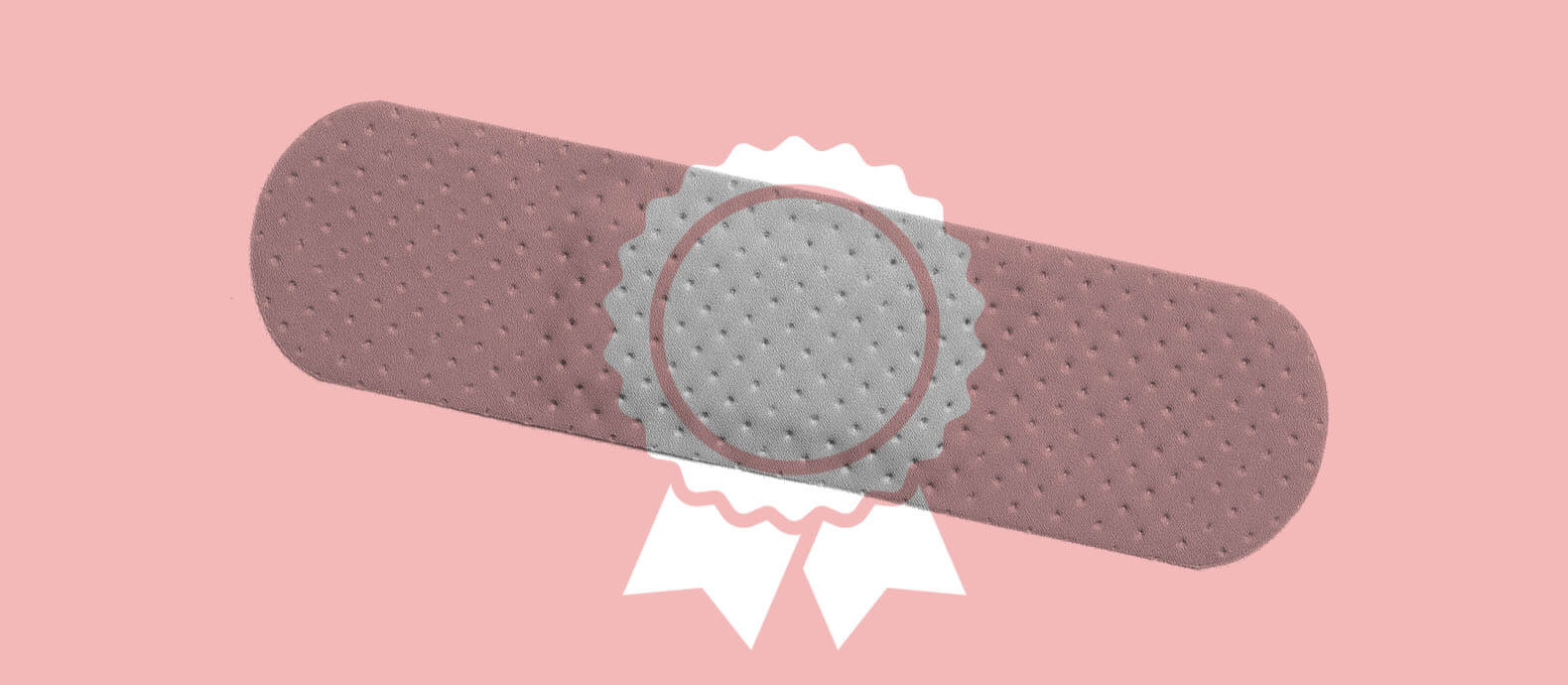If your company has finished the process of filing for a patent, you might be letting out a sigh of relief—the hardest part is over. After you’ve filed a patent, this doesn’t mean your brand is immune to infringement. Filing a patent won’t necessarily keep your brand safe from competitors and violators. So, how do you deal with patent infringement?
Red Points is here to help you understand exactly what a patent protects, how to watch for infringement, and if necessary, how to start a lawsuit to protect your brand.
What does a patent protect?
As a patent gives creators the right to exclude others from re-creating and selling their product without their consent, it’s important to file for patent protection right away. The patent protects your brand—often called your “invention”—from competitors, excluding them from making your patented item without your permission. A patent should always be considered in the early stages of launching a new product or brand.
Many who don’t yet have the patent approved but have filed it will use the term “patent pending” for their products. This helps protect your brand from competitors in the meantime until you have full protection. Even though you don’t have your patent approved, it lets others know that the U.S. Patent and Trademark Office (USPTO) is considering a patent application, and can deter others from copying or stealing your product.
A patent will protect your invention by allowing you to control who is allowed to use it. Once approved by the USPTO, your patent will be valid for 20 years. This can protect a design, machine, program, chemical, process, and articles, to name a few. If someone has stolen or copied your invention that is patent protected, this likely counts as patent infringement.
- What is patentable?
The USPTO has rules on what is and isn’t patentable. The general list of what is patentable includes processes, machines, articles of manufacture, and compositions of matter. This can include patentable things such as a series of steps, an electric toothbrush, construction materials, and a new food or drug item. To be patentable, the invention must also either fall into one of the categories: novelty, inventive step, or industrial applicability. USPTO’s website includes a full breakdown of what can and cannot be patented, and Red Points breaks it down in easy-to-understand terms.
- What do patents not protect?
Unfortunately, a patent will not prevent others from infringing on your patent with their own. Instead, patents simply give you the right to take legal action to stop those who are infringing on your patent. This means unless you’re checking for patent infringement, it’s possible there are competitors out there infringing on your patented product.
- Do patents protect ideas?
In short, no. As intellectual property does not count as tangible, personal property, a patent (or copyright, for that matter) cannot protect an idea. Generally, to protect an “idea”, it will need to be fully fleshed out and become concrete enough to move from being defined as an idea to being categorized as something the USPTO will recognize as a patentable invention
What is patent infringement?
If you believe a competitor might have infringed on your patent, you might be wondering what qualifies as patent infringement before proceeding to sue for patent infringement. Patent infringement is usually defined as when someone else uses, imports, or sells your product without permission. While this can sometimes be an honest mistake, patent information is accessible to anyone and is often a purposeful act that qualifies as patent infringement.
If your patent is registered in the United States, and only parties in the United States are not allowed to make, use, or sell your patented item. However, someone else in another country could be as registered patents are territorial and do not transfer to other countries. This would not qualify as patent infringement unless you have the patent registered in that country as well.
If you’d like for another individual or company to be able to make or sell your patented item, you can grant them permission. The permission, when granted, is usually in the form of a license to provide tangible proof of consent from the patent holder. This protects the license-holder from any legal action on the account of patent infringement, as they were given explicit permission and does not qualify as patent infringement.
How to detect patent infringement
If you’re worried about others infringing on a patent, you might be wondering how to check for patent infringement. As the patent holder, you are the only one allowed to make, use, or sell that patented product. Unfortunately, the USPTO will not check for patent infringement for you—detecting patent infringement is something you’ll be responsible for yourself.
Detecting patent infringement can be difficult depending on what it is that’s patented. It can be easy to detect infringing patents on the market, but finding the party responsible can be a harder task. To detect certain patent infringements, you must prove that the infringing product infringes on every element of your patent.
Usually, a claim chart is used when checking for patent infringement. A claim chart will map out each patent design claim, separating the unique elements of the patent and identifying if the suspected infringing item matches each claim. If it is, “yes” is placed next to that claim.
A design patent infringement example includes Apple claiming in 2013 that Samsung’s design infringed on the design patent for the iPhone. How this works is through the “ordinary observer” test; if someone looks at the two designs and they are similar enough for a consumer to purchase one believing it to be the other, the second one would be an example of design patent infringement.
How to sue for patent infringement
If someone is infringing on your patent, you might be wondering how to sue for patent infringement. As no legal action will be taken by the USPTO—this is something you must do yourself—it can be daunting to have to delve into the legal world of patent infringement.
To sue for patent infringement, you must have an active patent. If your patent is expired, it will not be possible to sue the infringing party. If you see someone infringing on your patent, it’s advised to take action as soon as possible, as the longer you wait, the more difficult it can be to back your case. Patent holders must also file a lawsuit within six years of the detected infringement, otherwise, they might not recover damages. It’s important to be 100% sure the infringing party is infringing on your patent, as a full court case will likely be expensive.
It should be noted that while a case to sue for patent infringement should be filed in a timely manner, it’s important to conduct a pre-filing investigation. While investigating copyright infringement can be time-consuming, and even expensive, so are lawsuits! This will help determine if the alleged infringing party is infringing on your patent, and if there will be any doubt in your case.
Conclusion
Even if there are no similar products to yours out there, it’s important to protect your patent regardless. Being proactive is the best way to protect your brand from stealing what you’ve worked hard on. Red Points can help streamline the process of brand protection by detecting infringers. Request a demo to protect your patent today.







